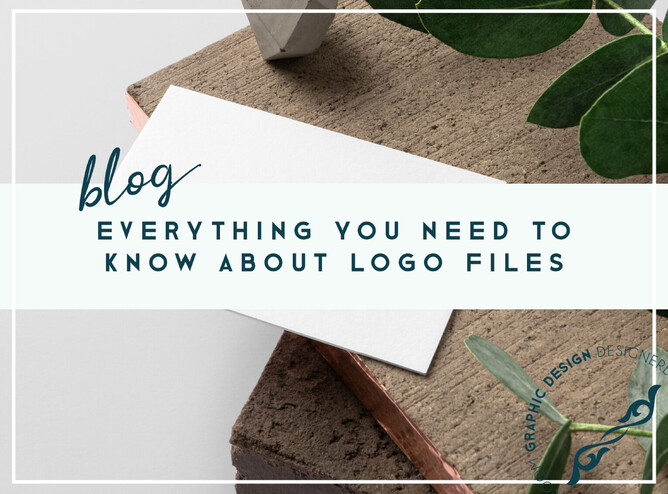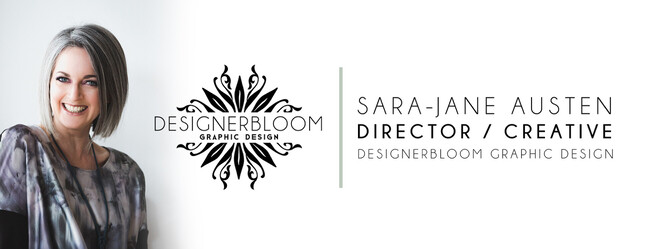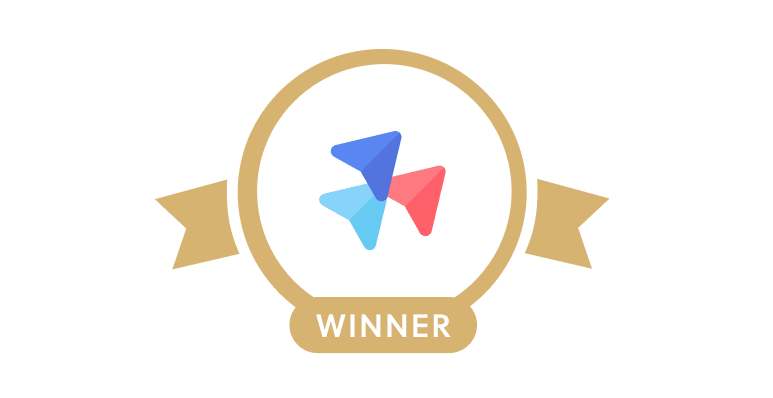Need a logo design for your business?
Whether it's a custom or pre-made logo, you need to understand logo files so you can use the best version of your logo for your business.
Logo files have different types that allow you to use your logo on different platforms and medium. For example, a logo that you'll place on your website would be a different file from what you are going to use for your printed merchandise or promotions.
There are two file types you need to know about...
By learning the difference between Raster and Vector images you’ll be able to make sure your logo design will turn out best whether it's on a website or used for print.
Raster
- Raster graphics create images through a collection of pixels (coloured dots) which are best used for on-screen use. A 72dpi file would mean that on your screen there are 72 colours dots per inch on your screen.
- Raster graphics are measured in inches or pixels. You cannot enlarge a raster graphic because it will produce a blurry image.
- Raster graphics are measured in bytes which take up space on your hard drive.
- 72-96dpi (dots per inch) is a good measurement for a good image on a website, while 300dpi is suitable for printing since the resolution covers all the details you want without sacrificing the quality.
Raster file types:
.JPG/.JPEG (JOINT PHOTOGRAPHIC EXPERTS GROUP)
- Has a good balance between image size and quality.
- Great for social media headers, profile pictures, and image sharing.
- Does not support transparency and is not ideal for print use unless the image is high resolution (300dpi or above).
.PNG (PORTABLE NETWORK GRAPHICS)
- Makes a sharper, web-quality image and supports transparency.
- Great for internet and computer images, text, graphics, etc.
.GIF (GRAPHICS INTERCHANGE FORMAT)
- Supports transparency and animation.
- Suitable for online use like icons, buttons, small animations and other web images.
.PSD (ADOBE PHOTOSHOP PROGRAM FILE)
- A file type of Adobe Photoshop used for photo editing, graphics, and website design.
- Supports a lot of image options such as layers, transparency, texts, filters, and more.
- Not scalable over its pixel width and not suitable for printing.
Vector
- Vector images are composed of geometric shapes that are more malleable and flexible compared to raster images.
- A vector doesn't depend on pixels or resolution which means it can be scaled to any size without losing quality. It’s the perfect choice for creating logos.
Vector file types:
.EPS (ENCAPSULATED POSTSCRIPT FILE)
- An Adobe file used for logo design and illustrations.
- Scalable to any size without compromising quality.
- Supports transparency.
- Ideal for large format printing like signs, posters, and such.
- .EPS and .AI files are very similar. It's okay to receive either of these two since they both work well with print.
.PDF (PORTABLE DOCUMENT FORMAT)
- Editable in most design software.
- Often used for documents, emailing and sharing.
- Ideal for printing as it can be scaled without losing resolution.
.SVG (SCALABLE VECTOR GRAPHIC)
- Text-based graphics which can be edited in most software.
- Supports animation and scripting.
- Suitable for data-driven, interactive, and most often used for web work.
.AI (ADOBE ILLUSTRATOR)
- Editable in Adobe Illustrator.
- Commonly used for logo designs, illustrations, print layouts, and graphics.
Logo types & Variations
Logo variations are modified versions of your logo. It is important to have variations because you cannot use just one type of logo for all applications. Here are some variations available:
- Full Logo - This is your main logo which has all the elements and colours.
- Alternate logo - Your logo will be required to go in different spaces and places. Having alternate logos that are horizontal or removing some icons will give you the ability to use it anywhere.
- Icon/Symbol/Submark/Brandmark - An icon or graphics-based logo which can make your brand instantly recognised with it alone.
- Favicon - The icon that you see when you open your browser tab.
- One-colour and Reversed out - A light, dark, and full-colour variation is a great way to test whether your logo is versatile or not.
The logo design process
- Your logo designer will begin by sketching numerous drafts of your logo by hand or with their design software.
- After you've selected your favourite logo option, your designer will refine the concept to make your logo absolutely perfect. They’ll create variations in addition to your main logo design. Every designer is different so be sure to ask what variations you can expect to receive.
- At the end of the design process you will receive your main logo and logo variation designs in these file types (.pdf, .png, .jpg, .eps ) so that you can use it on your website or in print. You will receive the vector files (.eps) just in case you need changes made down the road OR if your printer requires them.
Get the logo files you need for your business
Now that you have a better understanding of the variations and file types, you can now use a logo for your business more effectively. Having this knowledge not only saves you time but helps you pick a professional designer.
In short, the files you should be getting from your designer are either .ai or .eps, .jpg, .png, .pdf and .svg upon request.
LET’S WORK TOGETHER
Got an amazing business idea you need help bringing to life? Time to refresh your existing brand? Ready to get serious and connect with your customers with a stunning Rocketspark site? WORK WITH ME!






